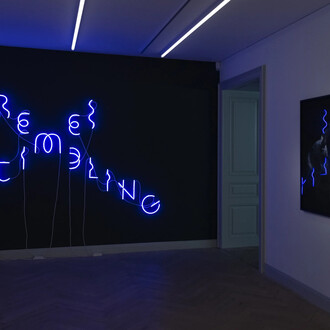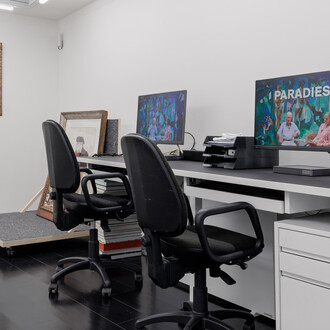MASI Lugano presents the first museum exhibition dedicated to the photographer Eugenio Schmidhauser (Seon, 1876 - Astano, 1952). With a selection of around 90 vintage photographs and new prints from original glass plate negatives, the show in Palazzo Reali is an opportunity to rediscover a photographer who has always been viewed as playing a key role in shaping the image of tourism in the Ticino area. The exhibition is the result of lengthy research and cataloguing work on the Schmidhauser archive, deposited by the Brentano Motta di Brugg family at the State Archive of the Canton of Ticino, which has brought to light a series of previously unpublished, little-known works.
As well as offering an overview of the main elements of Eugenio Schmidhauser's work, for the first time it presents a number of significant artistic prints that the photographer exhibited in important international shows in the early twentieth century. A selection of his best-known images – his famous series of postcards or the illustrations for the 1906 publication Fröhliches Volk im Tessin – is accompanied by a number of previously unexhibited works dedicated to the Appenzell regione, offering a broader view of his tourism-related images. Lastly, there is a special section dedicated to Astano, the village he developed a special bond with, regularly capturing its streets, scenery and people from the beginning of the century until 1950.
In this sense, as the title Eugenio Schmidhauser, beyond the Malcantone indicates, the exhibition in MASI sets out to illustrate another element of Schmidhauser's oeuvre, going beyond the canons of tourist photography – often criticized for its focus on the picturesque and the caricatural – and exploring "a cultural environment that blurs the dividing line between Appenzello and Bavaria, Astano and Europe, one imaginary and another", explained the co-curator of the exhibition, Gianmarco Talamona.
"This project is part of MASI's exploration of artists' archives, with a special focus on rediscovering historical photography and regional heritage, which is of fundamental importance for the local area and the collective memory of the community, between past and present", underlined Ludovica Introini, co-curator of the exhibition.












